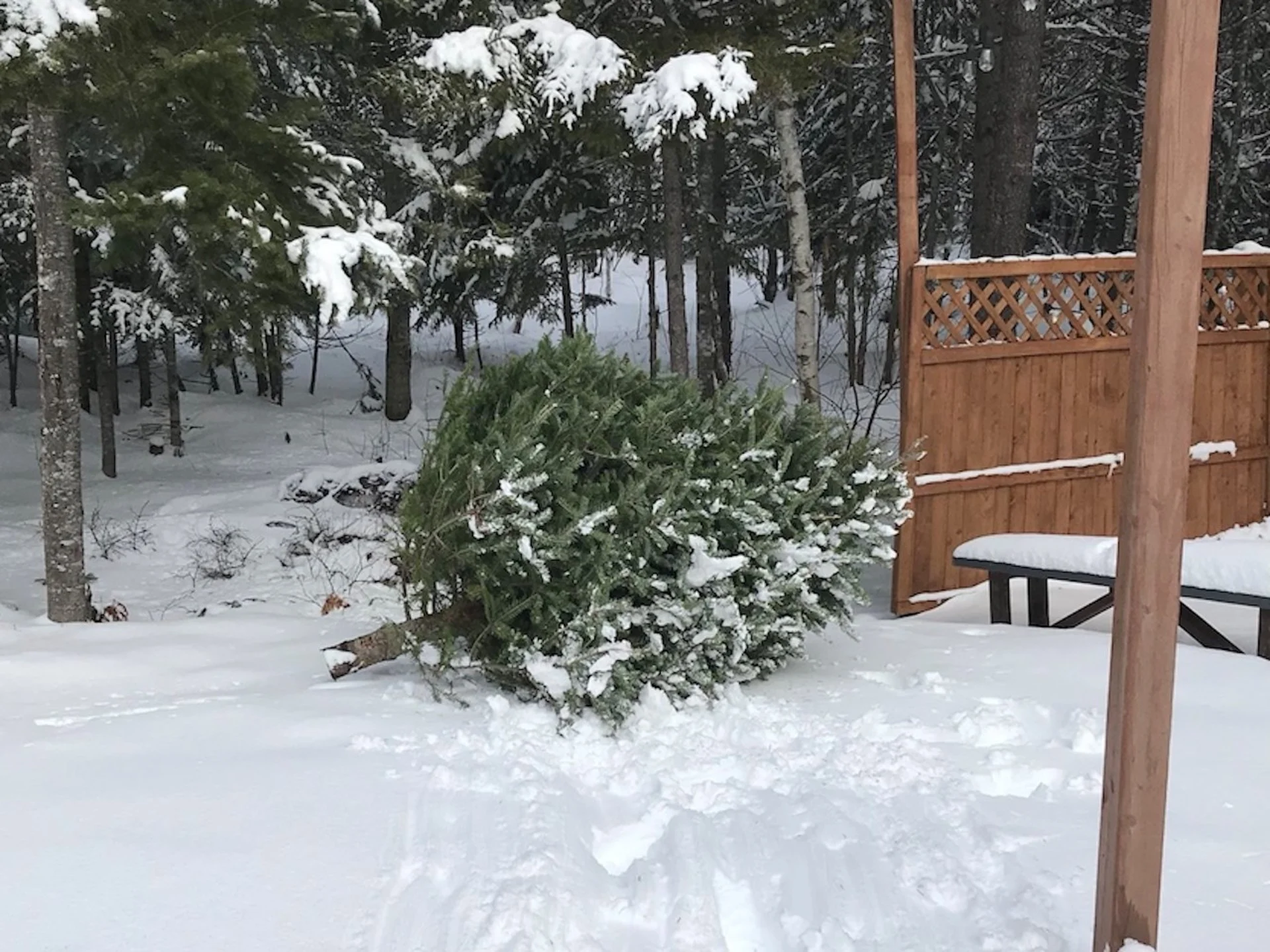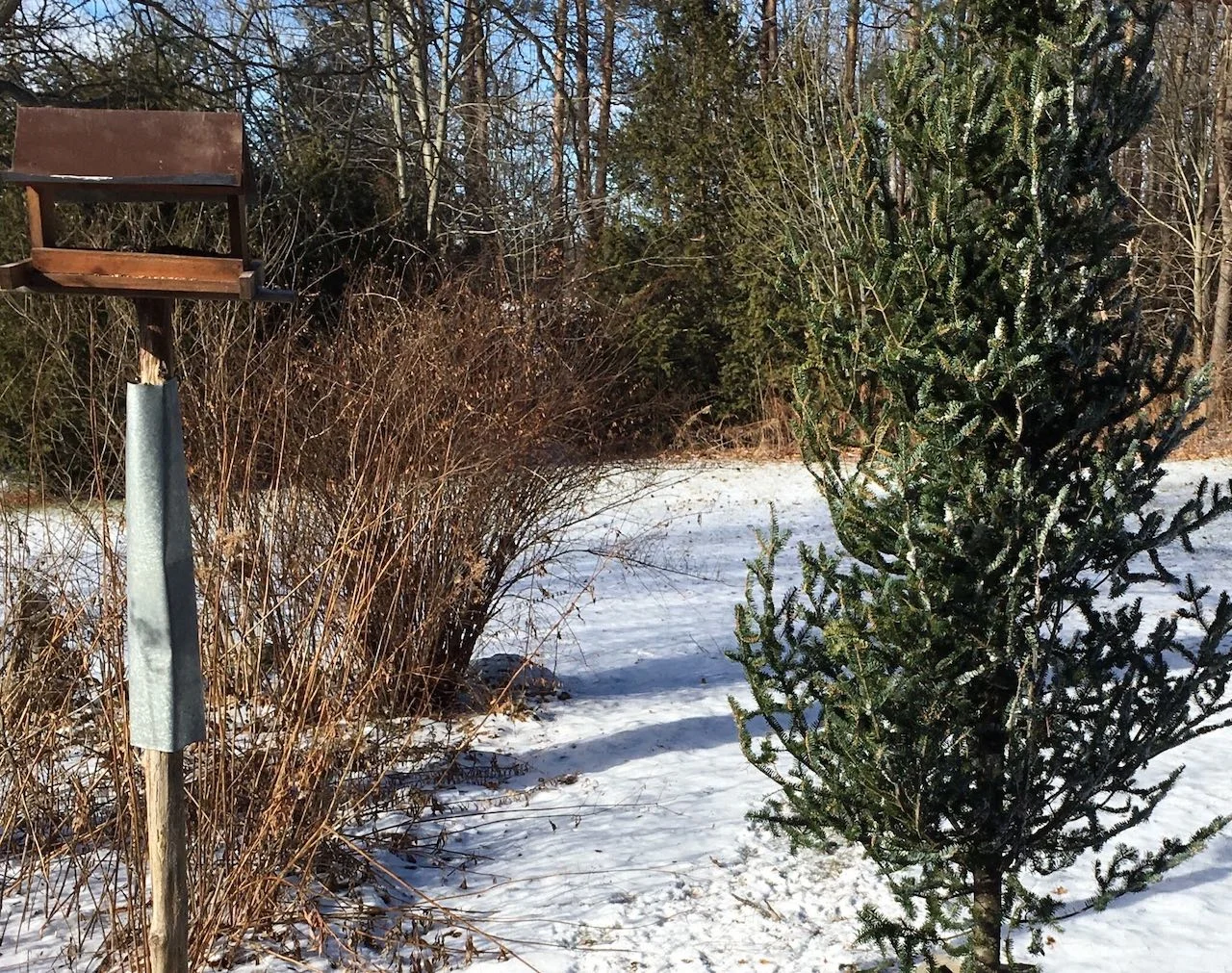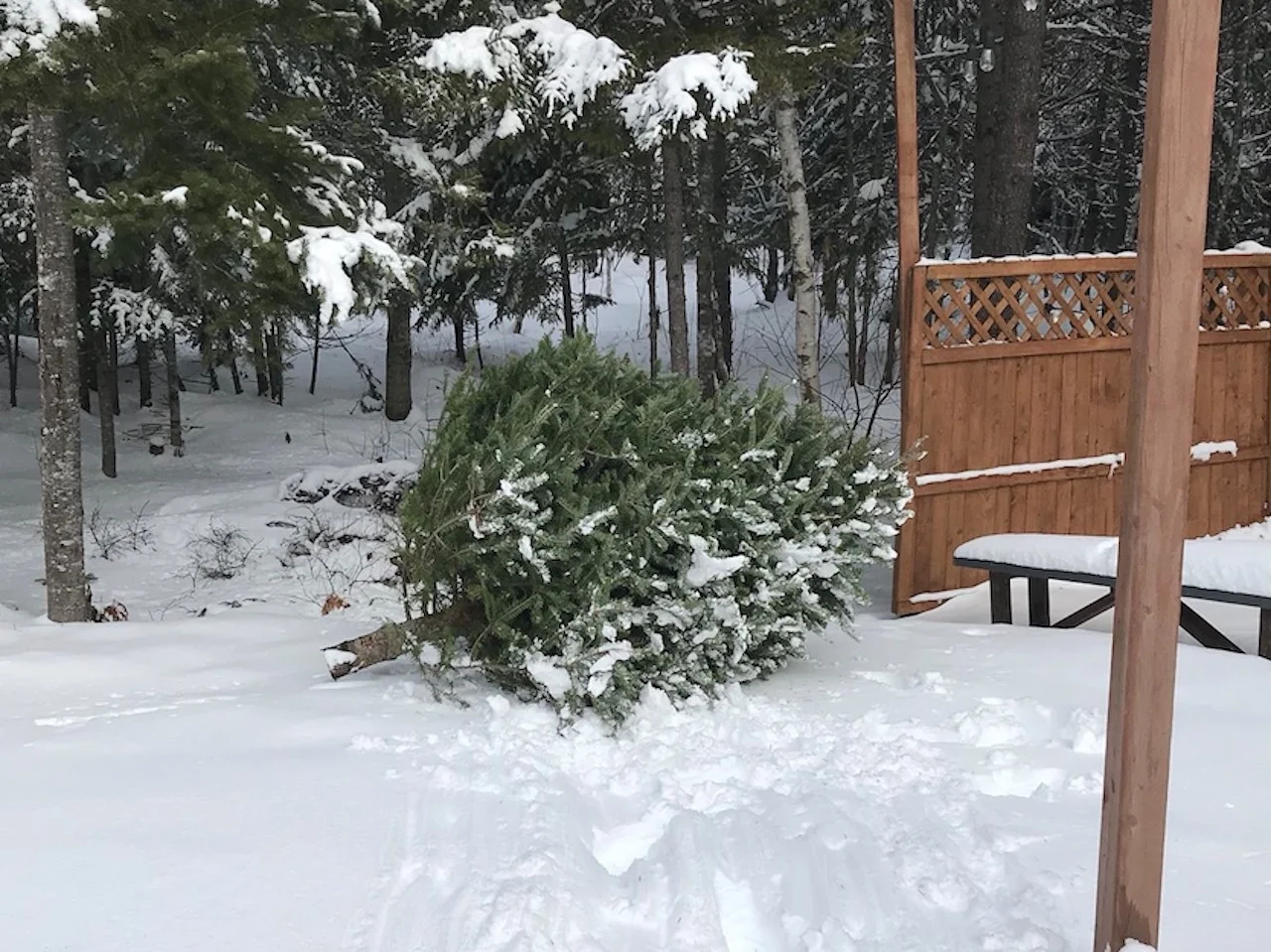
Why you should keep your Christmas tree beyond the holidays
Holding on to your tree until the spring can have significant environmental benefits.
While the holidays are coming to an end, you should hang on to your Christmas tree.
According to The Nature Conservancy of Canada (NCC), keeping your tree in your backyard can be beneficial for the environment, as opposed to sending it to the landfill.
SEE ALSO: How a piece of an iconic NS tree brought down by Fiona became Christmas decor
The first step is to put it anywhere in the backyard. Prop it up near another tree, against a fence or lay it in your garden. To make it a family affair, members can redecorate it with pinecones filled with peanut butter, peanuts and suet for birds to enjoy.
The decorations will provide food for birds while they take shelter in the tree. However, before you put peanut butter on, it is recommended you check to see if your area has a rat problem.
CHRISTMAS TREE PROVIDES ANIMAL HABITAT, FOOD
Samantha Knight, national conservation science manager for NCC, said leaving it in your backyard over the winter can provide many benefits for local wildlife.
The tree can offer important habitat for bird populations during the winter months, especially on cold nights and during storms. The idea to support nature in your backyard is part of NCC’s Small Acts of Conservation program.

It is recommended to keep your tree until the spring. (Nature Conservancy of Canada).
“Evergreens offer a safe place for birds to rest while they visit your feeder,” said Knight, in a news release issued in 2021. “Another benefit is that if you leave the tree in your garden over the summer, it will continue to provide habitat for wildlife and improve your soil as it decomposes.”
HOLD ON TO YOUR TREE UNTIL SPRING OR SUMMER
Come time for spring, the tree will have shed most of its needles. At that point, simply cut the tree branches, lay them where spring flowers are starting to emerge in your garden, and place the trunk on soil, but not on top of the flowers.
The tree branches and trunk can provide habitat, offering shelter for wildflowers, in addition to holding moisture and helping to build the soil. This process mimics what transpires with dead trees and branches in a forest, according to Knight.
Animals such as toads will take refuge under the log, and insects, including pollinators such as carpenter bees, will burrow into the wood. “By fall, the branches and trunk will begin to decompose and turn into soil,” says Knight.

Leaving the tree in your backyard over the winter has many benefits for backyard wildlife. (Nature Conservancy of Canada).
“Many of our Christmas trees, particularly spruce and balsam fir, have very low rot resistance and break down quickly when exposed to the elements. The more contact the cut branches and trunk have with the ground, the quicker it will decompose. Drilling holes in the tree trunk will speed up that process."
Backyards are considered to be unique ecosystems that provide an opportunity to learn about forest ecology, according to NCC. Leaving a Christmas tree on the property can help educate people on its lifecycle, allowing them to observe its impact on backyard biodiversity.
As well, there are other uses for Christmas trees. Several municipalities have drop-off sites where trees are chipped up and composted, or used as trail bedding. Some communities place trees on shores to help prevent coastal erosion, and there are some pulp and paper companies that will burn them for a fuel alternative to oil.
Thumbnail courtesy of Nature Conservancy of Canada.
Follow Nathan Howes on Twitter.
